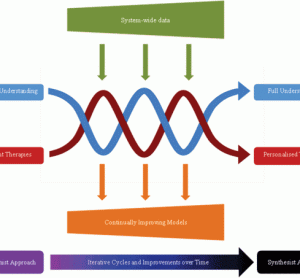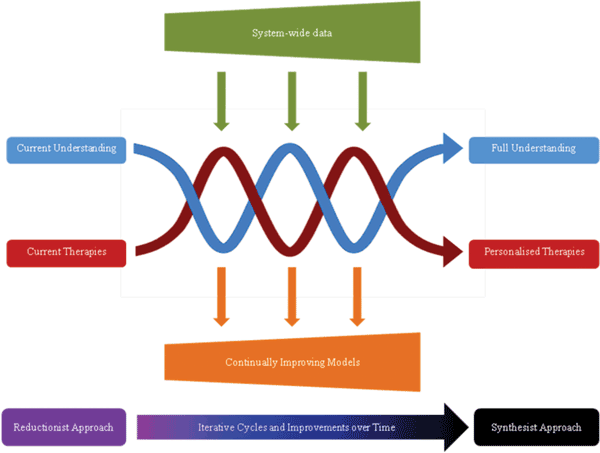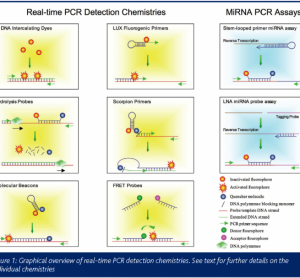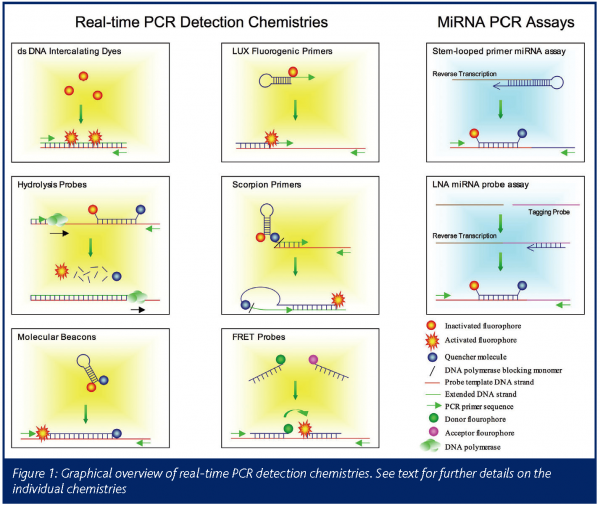High-throughput PCR based diagnostics: Linking sample handling to molecular oncology risk groups
24 June 2010 | By Ehsan G. Karimiani, Stephan Mohr & Philip J. R. Day, University of Manchester
Cancer molecular pathology broadly relies on the comparison between diseased and normal tissues, with statistically validated differences revealing cancerassociated pathways. This approach, although comparatively one-dimensional, has been remarkably successful, enabling identification of many types of malignant biomarkers and providing the means to develop pharmaceutical agents directed against pertinent biological targets.…








